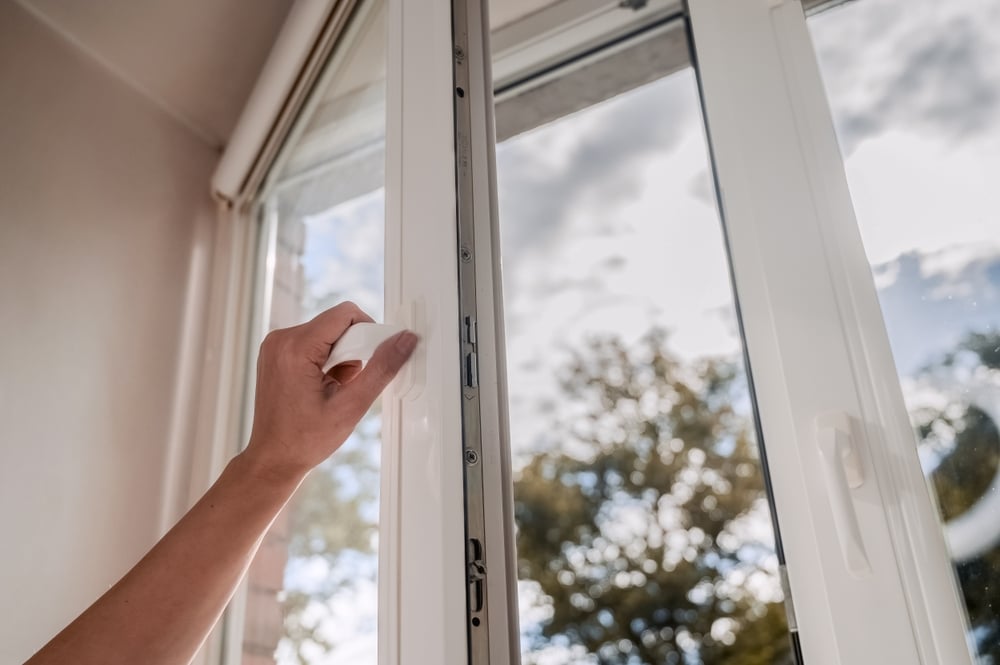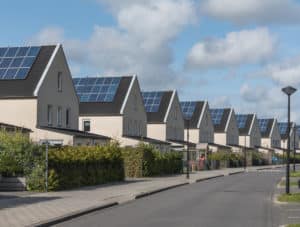Baffled by Part O of the Building Regulations? You aren’t alone. Here we explain what we really think about Building Regulations Part O (Overheating).
There’s a lot of talk about Part O of the Building Regulations – talk that’s been going on for some time since it was first mentioned in December 2021. The apparent goal of Part O is to reduce unwanted solar gains in the summer, quickly removing excess heat from indoor environments.
Sounds great, right? Of course it does. The concept is incredibly important. The problem is that the reality of Part O – and certainly how it’s been portrayed in documentation – is simply not clear enough.
Here at Buildpass, we believe that Part O of the Building Regulations has been poorly thought out and written, and we are working hard to get some updates in the next version.
This is a conversation that keeps cropping up both within the industry and also with our clients; we therefore thought we would share a few of the specific areas that we believe need clarifying – and addressing – in future version.
What areas of Approved Document Part O Building Regulations need clarification?
Part O talks about predominantly ventilated buildings – this is very misleading, as ultimately there is no clear definition of what constitutes a predominantly ventilated building.
The phrase would make you believe that a building that has mechanical ventilation is a predominantly mechanically ventilated building. However, ‘CIBSE TM59 Design methodology for the assessment of overheating risk in homes’ document, which is the guiding document for Part O defined, ‘predominantly naturally ventilated’ as:
“Homes that are predominantly naturally ventilated, including homes that have mechanical ventilation with heat recovery (mvhr), with good opportunities for natural ventilation in the summer should assess overheating using the adaptive method based on CIBSE TM52 (2013)”
In comparison, predominantly mechanical ventilation was described as:
“Homes that are predominantly mechanically ventilated because they have either no opportunity or extremely limited opportunities for opening windows (e.g. due to noise levels or air quality) should be assessed for overheating using the fixed temperature method based on CIBSE Guide A (2015a), as described in section 4.3 below.”
This would suggest that homes that have MVHR installed but also have plenty of openable windows for summer ventilation should be treated as a naturally ventilated building.
Another key area that raises a few questions is that of window security. When determining the free area available for ventilation during sleeping hours, only the proportion of openings that can be opened securely should be considered to provide useful ventilation.
This applies, in particular, within:
A. Ground floor bedrooms.
B. Easily accessible bedrooms.
Two spaces where openings may be vulnerable to intrusion by a casual or opportunistic burglar. Currently, there are only two allowable solutions for open windows or doors that can be made secure by using any of the following:
A. Fixed or lockable louvered shutters.
B. Fixed or lockable window grilles or railings
The problem is that this doesn’t suit all situations. For that reason, we are working with local building control to test whether lockable window restrictors – which would perform the same function as the currently allowable solutions without compromising the design – can be an accepted consideration.
These are ongoing conversations and pieces of work; and we will keep you updated on progress and what this could, eventually, mean for your own experience adhering to Part O Building Regulations.
Can Buildpass help me navigate Part O?
Whatever you need in regards to advice, direction and reviews regarding energy efficiency and sustainable construction, we’re here to help. This is the core of what we do, and we really are the experts when it comes to saving you time, money and the environment through greener building performance.
Drop us a line to arrange a free consultation or just to pop a question our way. We’re looking forward to connecting with you!




















